The Health of the Western Regions 丨 Foot damage to prevent the sac, please check it!
Author:Karakon Guardian Time:2022.07.17
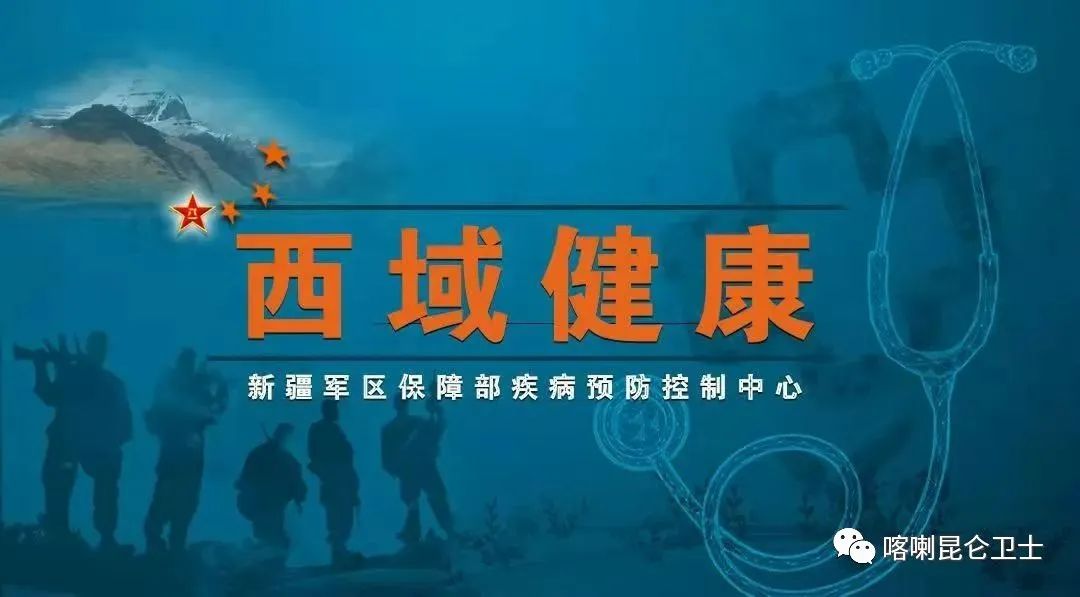

1. Achilles tenditis
Achilles tendinitis is a lesion caused by the repeated stretching of the Achilles tendon. The foundation of the recruits or the officers and soldiers who have not trained for a long time is weak. Suddenly, high -intensity training is easy to induce Achilles tendonitis.
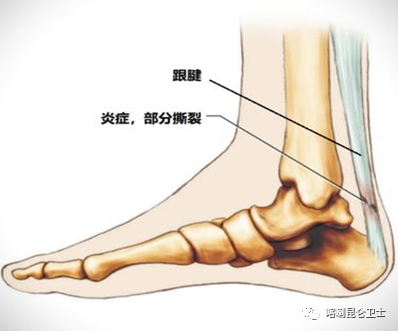
Injury factors: Before the training, it was not fully warm up, excessive use of the foot, flat feet, unpopular shoes, old problems, and too frequent jumps and running are common causes of Achilles tendonitis.
Main symptoms: pain, soreness, tenderness, swelling, inflammation, stiffness, and stiffness in the heels. The pain in the morning or after exercise is obvious. In severe cases, there will be symptoms of tendon swelling and thickening.
Precaution:
1. Straight knee stretching training. This movement can stretch gastrocnemius and biochemoos, which can effectively prevent Achilles tendonitis.
Action essentials: hold the wall with both hands, kick your legs as much as possible, keep the knees of the back legs straight, keep your feet fit the ground, and stretch for 10 to 30 seconds each time. Then, change the opposite legs to repeat the above stretching movements, 3 to 5 groups each time, and practice 3 times a day.
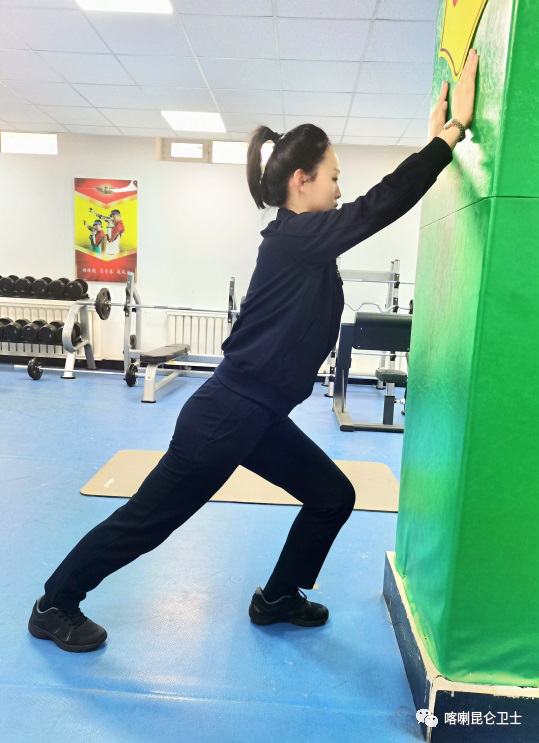
2. Anti -resistance back flexion training. This training can effectively strengthen the rear muscles of the calf and anterior tibia.
Action essentials: sitting, put on a low stool, tie the training belt or backpack rope on a fixed object, and then put it on the forefoot, as much as possible under the condition of elastic resistance, keep the ankle as much as possible, keep it, keep it, maintain it, and keep it. 15 seconds. Repeat the above movements in the other leg, 10 groups each time, and practice twice a day.
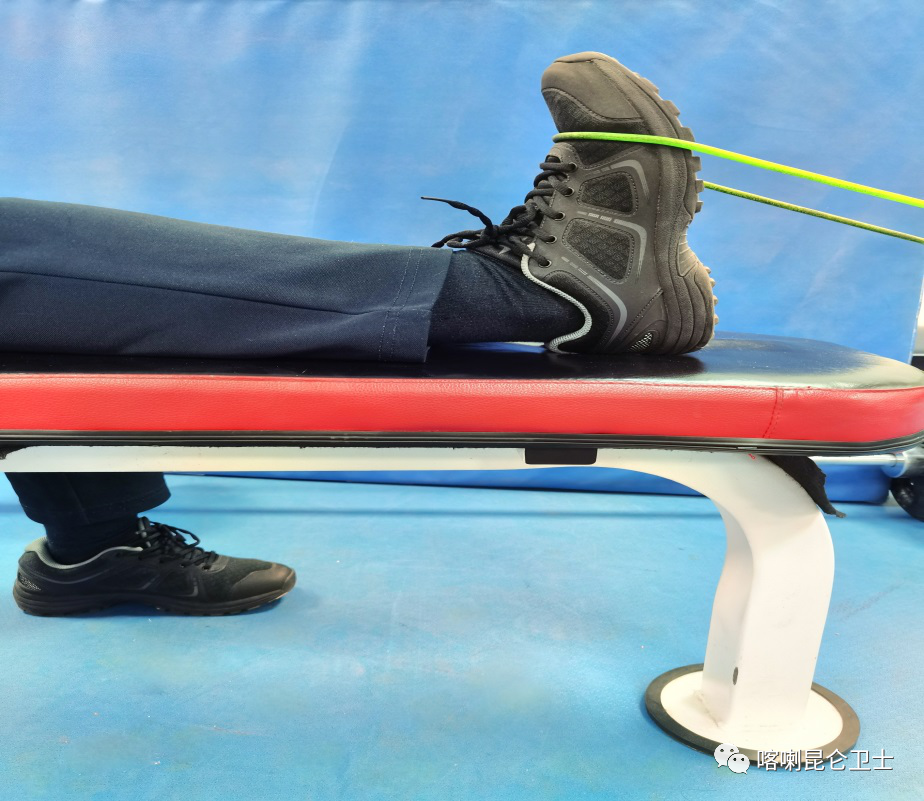
2. Fasciitis
Fascinitis is a sterile inflammation at the inner side and bone nodules caused by local muscles and fascia damage, which is a common cause of heel pain.
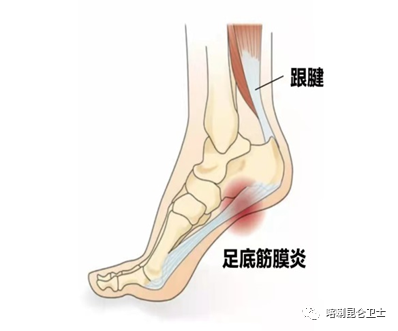
Injury factors: The typical injury mechanism is overloaded pressure or excessive use, which is usually related to the sudden increase in running, walking or standing activities. BMI is greater than 30. Excessive foot rotation (flat feet) and uncharacteristic shoes training may increase the velvet fascia.
Main symptoms: pain and discomfort in the heel and nearby areas. The pain in the morning is obvious, the pain is intensified when the load, and the pain is excessive.
Precaution:
Train to toe backwards. Before getting up in the morning, you can stretch your fascia through this action to effectively prevent fasciitis.
Action essentials: sitting position, straightening legs, grasping your feet with your hands with your hands, stretching backwards as much as possible, feeling the tightness of the soles, keeping for 1 to 3 minutes, rest for 30 seconds, and repeated the above action. Three groups each time, practice 3 times a day.
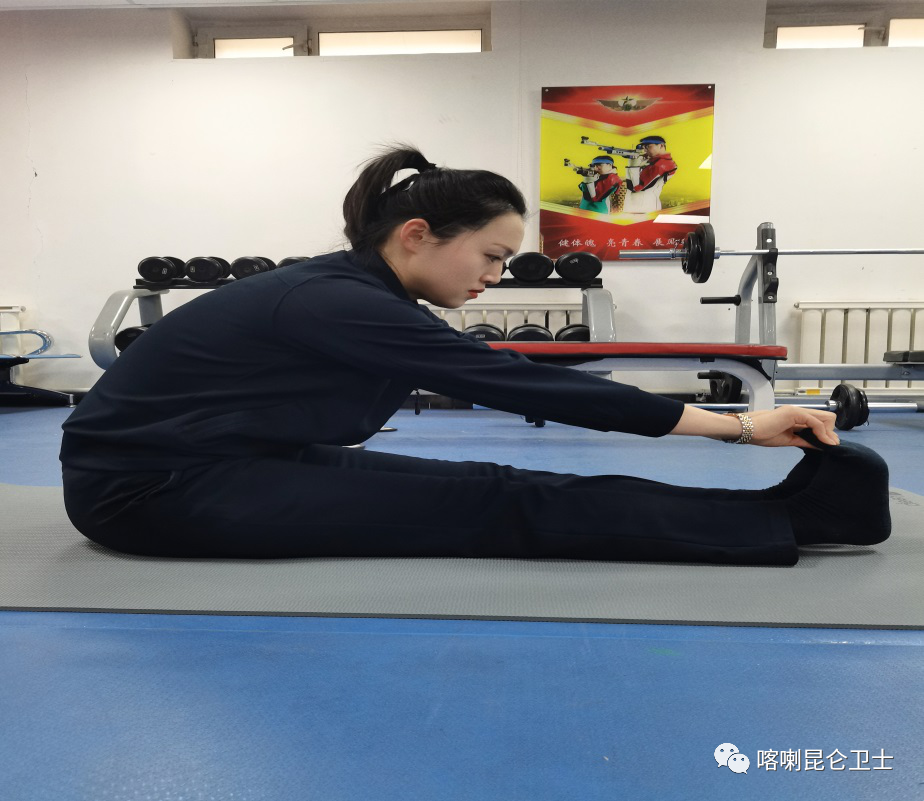
Third, the metatarsal bone shouldal fracture
Stress fracture is a skeletal injury caused by excessive use, which mostly occurs in the body bearing part. The stress fractures of the foot generally occur in the metatarsal bone, and the second and fifth metatarsal bones in the feet have stress fractures.
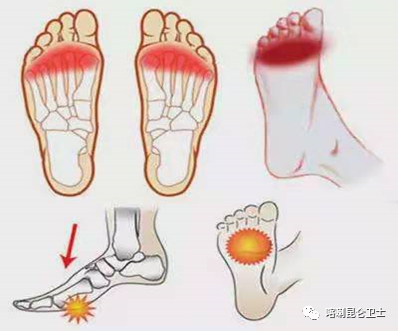
Injury factors: The mechanism of injury is excessive use caused by the repeated increase of the load in the foot. It is usually caused by the increase of running, long -distance army, climbing obstacles, basketball, and overload training. Achilles tendon contracture, low bone density, overweight, first metatarsal and second metatarsal length differences are large and easily cause fractures.
Main symptoms: local swelling, ecchymosis, tenderness at the fracture, feet fatigue and weakness, limited walking, etc. The pain during running and jumping is the most obvious. As the amount of exercise increases, the pain becomes serious.
Precaution:
Toe grab a towel training. This training helps to strengthen the deep muscles and deep muscles of the foot.
Action essentials: Sit on a chair, put one foot on a towel flat on the ground, use the second metatarsal bone to drive the forefoot to try to grab the towel, and feel the entire foot of the soles of the sole of the soles. Repeat the above actions in one foot, 8 to 10 groups each time, and practice twice a day.
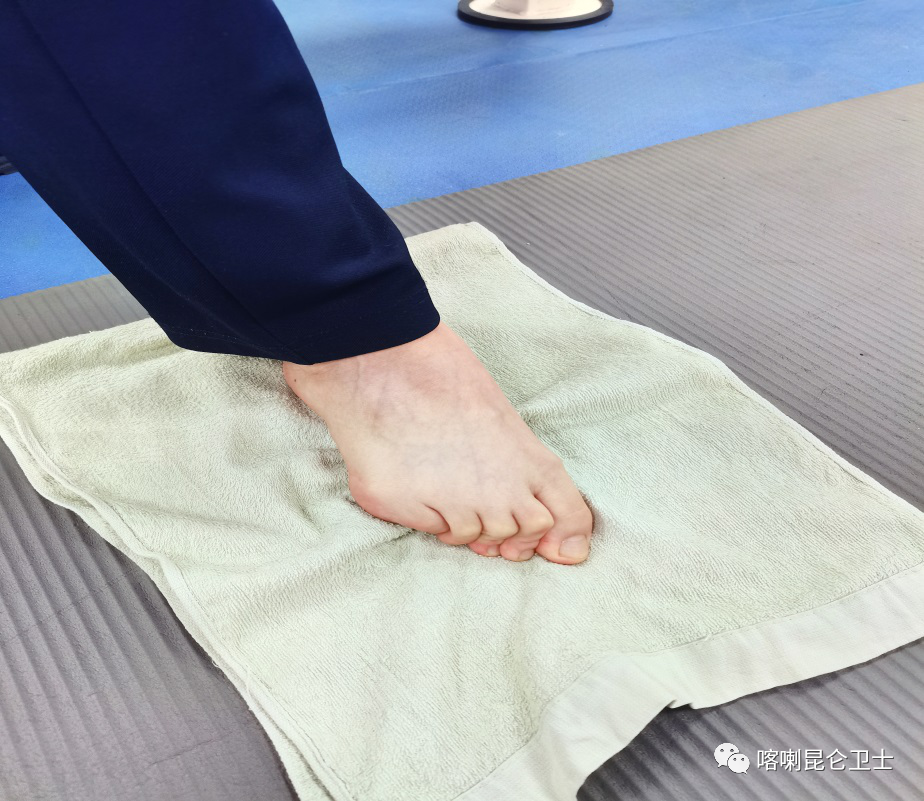
Note: Once the foot occurs and repeatedly occurs, emergency treatment should be taken in order to prevent the symptoms from aggravating. First stop training at the corresponding parts of the lower limbs (the normal training of other parts outside the injury), actively seek medical treatment for injury treatment and recovery after injury. Avoid rehabilitation training for a little relief, and must be qualified after the treatment effect assessment.
婷 Author: Qin Mengting, Guo Rui/School Division: Gao Jin Drag/Review: Li Ming, the picture comes from the Internet
- END -
Three grasps and three strengthening, be a good supervisor of production safety
What is the work content of today? Do you have a special job certificate for the crane driver? After dual admission? On June 27, the Safety Special Supervision Group of Nanjing Sanxin Liuhe Branch,
Drawing illustration 丨 International Drug Control Day

Cao Yi/PainGuo Wenqu/paintingCheng Shuo/PainZhang Ke/Pain